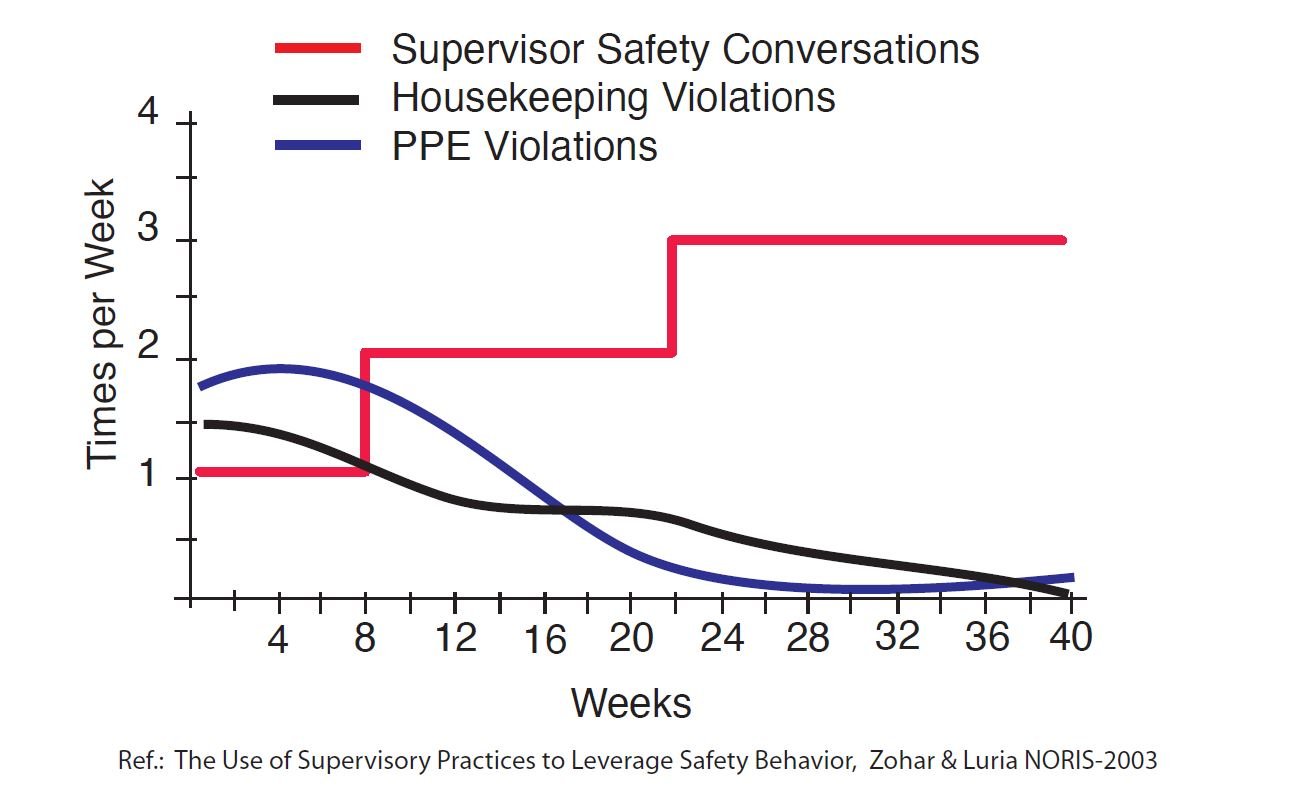By Todd Swinderman on Dec 11, 2020 1:00:50 PM
Justifying conveyor improvements can be a tough job. One very important thing to remember is when justifying spending time and money on improving conveyor belts, you are not only justifying the improvement/addition but also justifying improving safety, cleanliness, and productivity. All are linked!
As fugitive material decreases or is contained, cleanup costs go down. As these added costs of cleaning up are decreased, profitability and production are increased. Because most conveyor accidents happen when workers are cleaning around conveyors, reducing clean-up also lessens the likelihood of injury because of the reduced exposure to the hazards. It’s almost safe to say that fugitive material (spillage, dust, and carryback) around belt conveyors is the root cause of inefficiencies and accidents.
Safety, Cleanliness, & Productivity Are All Linked Together
If you can control fugitive materials such as dust and spillage, then unplanned downtime, safety, production, and profits will also be controlled/improved. The chart below shows how the top-performing material handling companies also have the lowest rate of repeat accidents and injury frequency. Unscheduled downtime also decreases among top-performing companies. There's no denying it...the best-performing companies have fewer accidents, and accidents have a direct correlation to fugitive material.

Relationship Between Safety & Cleanliness
The more management and facilities focus on safety, the more it will stick and lead to a safer environment with reduced regulatory violations and fines. The 2003 study below shows how keeping safety top of mind decreases housekeeping and safety violations. The more focus supervisors put on safety and cleanliness and the more they talk about it, the safer a plant is. When employees recognize that safety and cleanliness are important to management, they are less likely to take shortcuts or risks that increase the likelihood of an injury. When they have access to better and more frequent training from their supervisors through simple and casual conversations, they have a better understanding of risks and how to avoid them.
---If you are interested in training, click the button below to find out about the different formats of our training on topics concerning belt conveyors. ---
No employee decides to get hurt, and no one wants to clean up the same spillage from a conveyor over and over again. Employees get hurt because they don’t understand the risks or maybe they’re in a culture where shortcuts are acceptable. When supervisors don't just talk the talk but walk the walk of housekeeping and safety, employees will follow suit.

There are different approaches used to analyze purchases and projects, and I will get into that next time. Until then, try out OSHA's "Safety Calculator" to see the going rate on accidents.

.png)




comments